SUMMARY
This is AI generated summarization, which may have errors. For context, always refer to the full article.
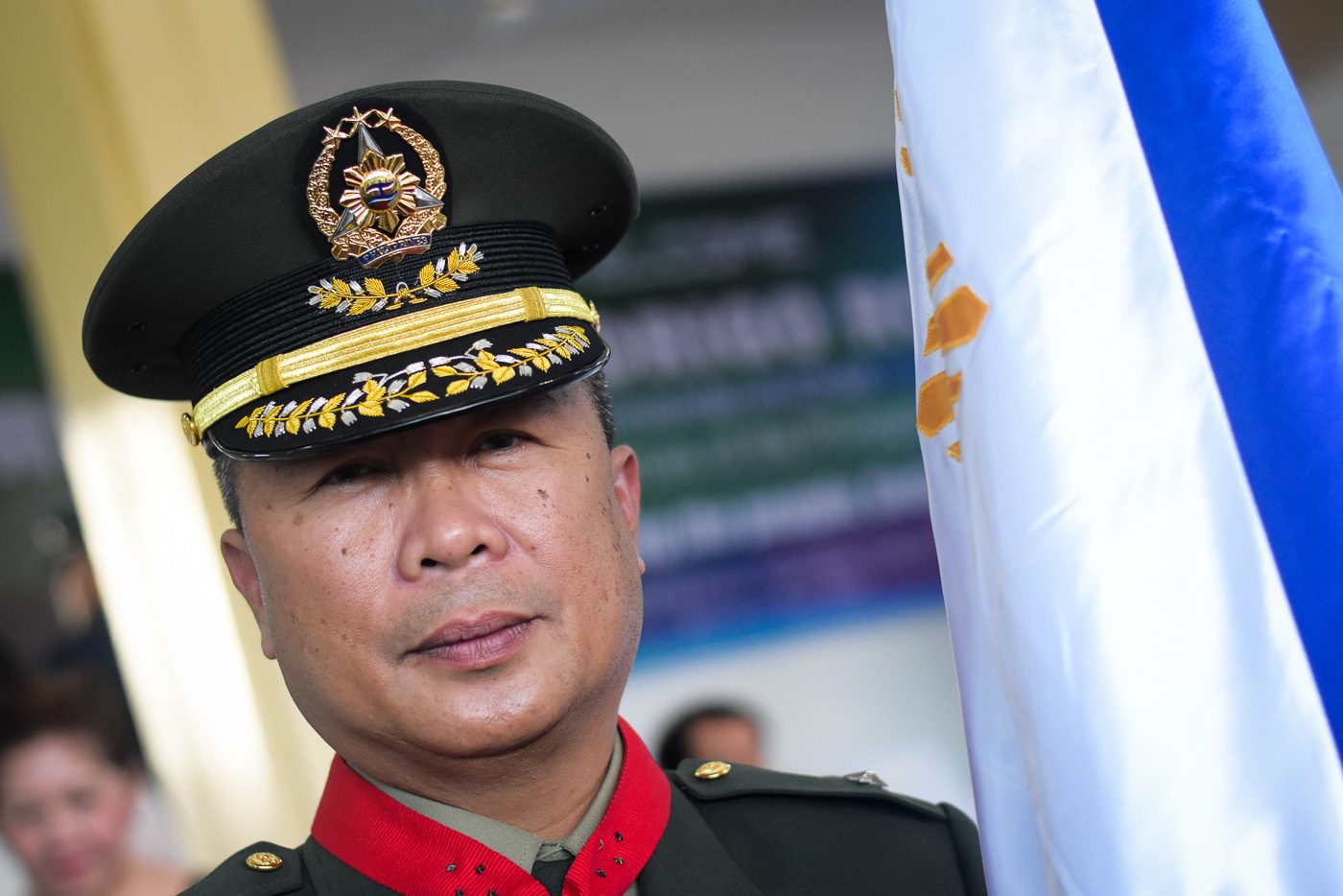
MANILA, Philippines – Not all heroes are dead. Some live to tell their tale of extraordinary courage and self-sacrifice and win the most coveted Medal of Valor, the military’s highest and most rare combat award.
Here are awe-inspiring stories of how 5 officers of the Armed Forces of the Philippines risked their lives in the battlefield to save their missions from failure and their men from certain death. (READ: List of Medal of Valor awardees and their privileges)
They remain in active service.
Click the Next or Previous buttons below to navigate. You may also swipe left or right.
LIVING MEDAL OF VALOR AWARDEES
Cirilito Sobejana (1995)
He and his men had been trading volleys of fire with the Abu Sayyaf Group for about two hours when the first bullet hit his right forearm. He was reaching for the radio of a fallen soldier, desperate to establish communication with his fellow Scout Rangers to ask for reinforcement. A second bullet hit the same forearm, almost severing it. A third shattered his rifle. Read his story below.
Bartolome Vicente Bacarro (1991)
When he saw his men overwhelmed and literally pinned down by a wall during a firefight in communist hotbed Isabela province, Bacarro didn’t think twice about exposing himself to heavy enemy fire to climb a 9-foot fence despite the bleeding in his left thigh due to a gunshot wound. He was executing a clever strategy in mind. Read his story below.
Noel Buan (2004)
It was a fierce close quarter battle in the jungles of Lantawan, Basilan. It came to a point that First Colonel Noel Buan had grabbed the very muzzle of the firearm of Sahir Sali, the brother of notorious Abu Sayyaf commander Hamsiraji Sali. Read his story below.
Herbert Dilag (2000)
It was a suicide mission in the jungles of Basilan and young 2nd Lieutenant Herbert Dilag was the squad leader. Dilag and his men had left their valuables with other soldiers and gave instructions to give them to their loved ones. They knew they were going to die. Read his story below.
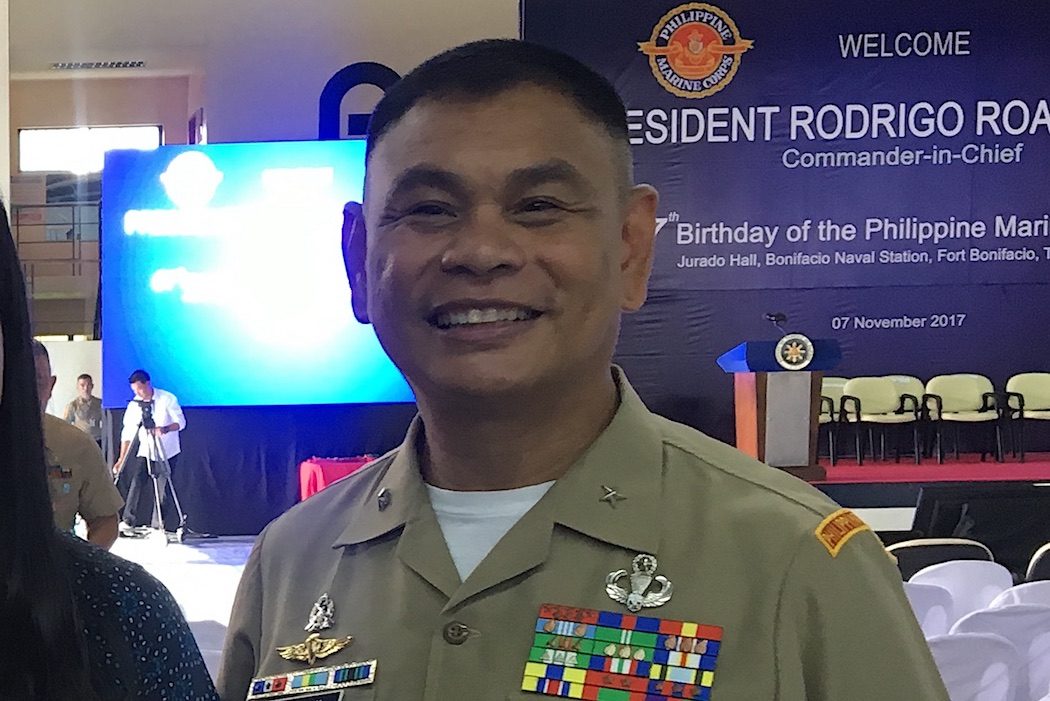
Custodio Parcon (1993)
It was an 8-day offensive – from May 7-15, 1993 – that turned Captain Custodio Parcon Jr. into a legend. At one point he found himself crawling toward the enemies “amidst a hail of machinegun and mortar fires” to divert enemy fire from his men when they were pinned down in the middle of a killing zone. He also knocked down enemy bunkers along the way. Read his story below.
Countering Pintakasi: Cirilito Sobejana
Newly promoted Captain Cirilito Sobejana and his men had been trading volleys of fire with the Abu Sayyaf Group for about two hours inside the jungles of Basilan when the first bullet hit his right forearm. He was reaching for the radio of a fallen soldier, desperate to establish communication with his fellow Scout Rangers to ask for reinforcement.
A second bullet hit the same forearm, almost severing it. A third shattered his rifle. But he held his ground despite the blood and the pain.
Sobejana, the commander of the 1st Scout Ranger Regiment, controlled fire directions to defend their position against the enemy that sought to encircle and trap them.
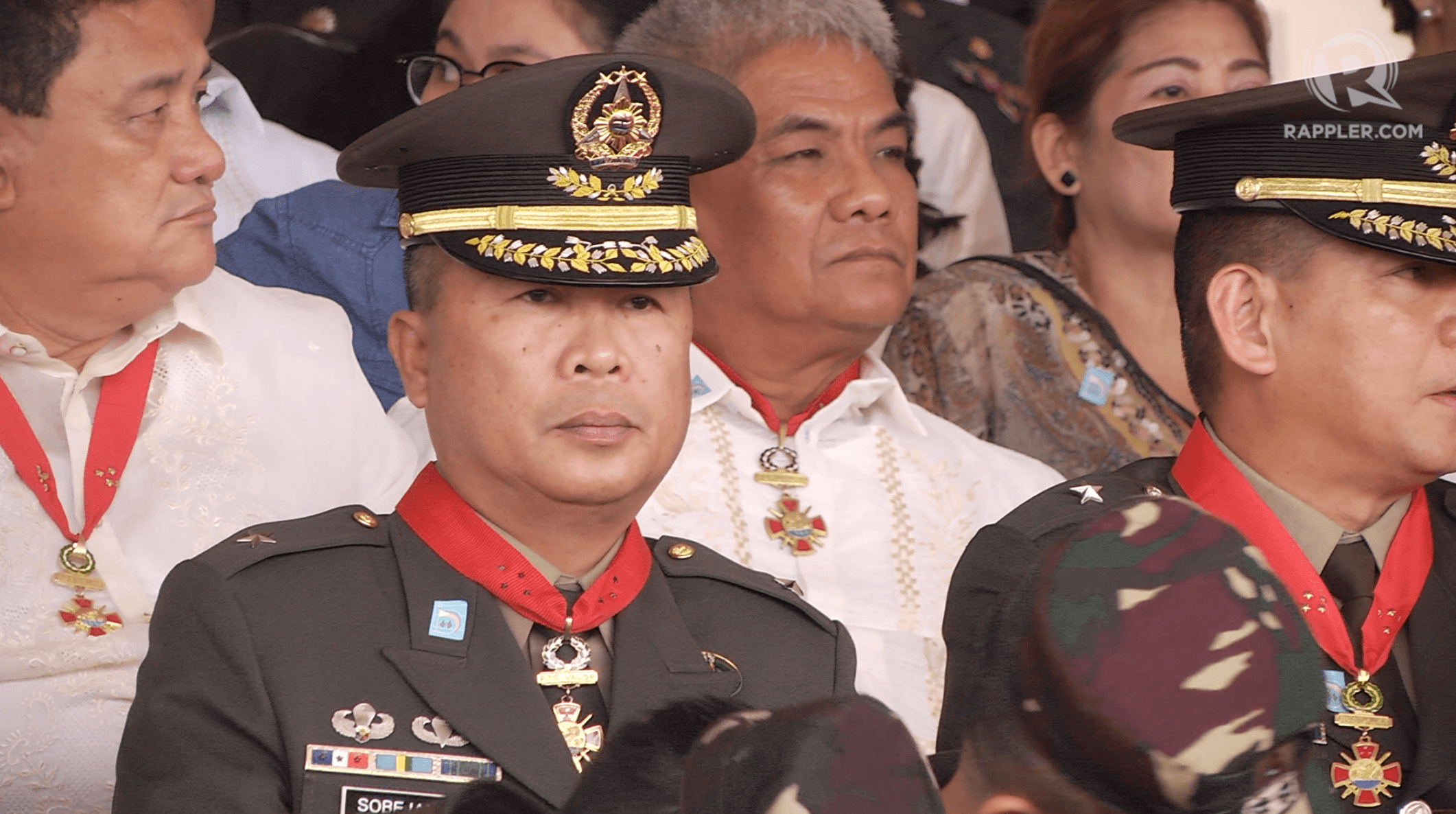
It was the year 1995 and the Abu Sayyaf Group was only 4 years old and it was still led by its original leader, the ideologue Abdurajak Abubakar Janjalani who broke away from the Moro National Liberation Front (MNLF).
Pintakasi is an enemy strategy that soldiers would come to fear years later but were only beginning to see in the ’90s. Abu Sayyaf fighters maneuver to isolate one group of soldiers and consolidate their forces in trapping them. It has led to many a massacre of troops.
Sobejana originally spotted only 20 enemies when they launched an attack on January 13, 1995 after receiving reports of enemy concentration in barangay Lower Kapayawan of Isabela town. The firefight apparently alerted other Abu Sayyaf fighters until the enemies had swollen to 150.
But Sobejana, although bleeding, did not lose his composure. “He repeatedly maneuvered around, exposing himself to enemy fire to direct the battle and operate the radio,” reads the citation in his Medal of Valor award.
They were able to defend their position for more than 4 hours until reinforcements arrived. Up to 30 Abu Sayyaf fighters were killed. Sobejana sustained 5 gunshot wounds and his right forearm was shattered. But he survived.
He would take two years to recuperate. The right-handed officer was also forced to train his left hand to fire his rifle. He was in the middle of his rehabilitation when he was awarded the Medal of Valor in 1997.
Sobejana said the award inspired him as he climbed the military hierarchy. “It motivated me further to be good in doing my duty as a public servant,” he told Rappler.
Two decades later, Janjalani is long dead. Sobejana has published the book, Countering Pintakasi Techniques of the Abu Sayyaf, to teach soldiers how collate strategies on how to defeat them.
Sobejana is now a brigadier general and the island commander in Sulu. He’s still fighting the Abu Sayyaf, but the group has been stripped of its ideology and reduced to a kidnap-for-ransom group.
“I want to finish the Abu Sayyaf Group and rescue the hostages,” Sobejana said.
________________________________________
Superman: Bartolome Vicente Bacarro
Young 2nd Lieutenant Vicente Bacarro was 23. Like all fresh graduates of the Philippine Military Academy, he was anxious to put his training to use. He remembers feeling he could do anything and be a hero. He could be Superman.
When he saw his men overwhelmed and literally pinned down by a wall during a firefight in communist hotbed Isabela province back in 1991, Bacarro didn’t think twice about exposing himself to heavy enemy fire to climb a 9-foot fence despite the bleeding in his left thigh due to a gunshot wound.
He was executing a clever strategy he devised. He knew he would find a vehicle at the other side of the fence, a compound of a logging company, that he could ram into the fence to break it open.
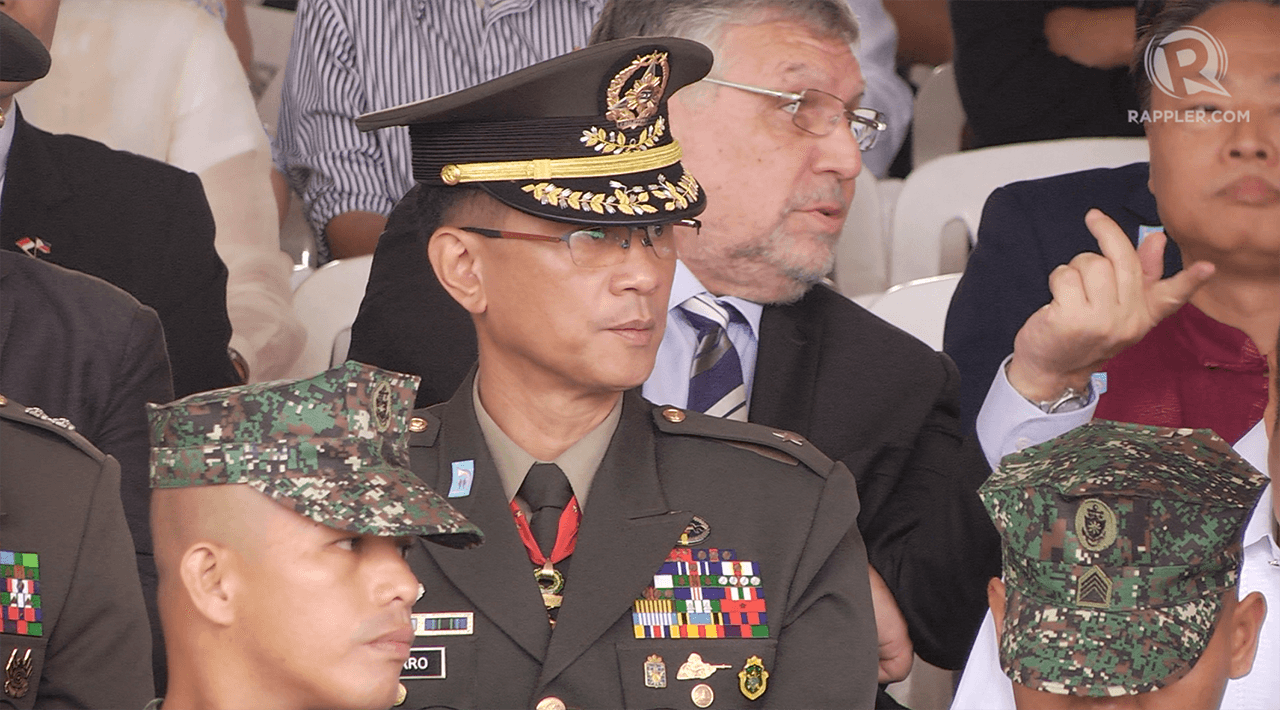
The plan worked quite well. The wall collapsed and allowed his other men to join the fighting and release enemy pressure on the first group. The firefight was believed to have prevented the communist rebels from advancing to the mayor’s residence and proceeded with their plan to overrun the town.
It was a big victory for Bacarro’s unit, the 6th CAFGU Active Auxillary Company of the 21st Infantry Battalion, which was not as well armed as the regular soldiers.
They were at a disadvantage against 150 communist rebels but Bacarro didn’t hesitate to attack when he learned about their plans to overrun the town – despite knowing that no air and artillery fire support were available and no reinforcements could come soon enough because of the location and weather constraints.
“He executed a systematic attack through proper maneuvers and strict adherence to fire discipline by firing only at sure enemy targets to conserve their ammunition and spare the civilians from being caught in the crossfire,” the citation in his Medal of Valor award reads.
It was during the initial clashes that a bullet hit his left thigh. Thankfully, it first hit his bandoleer, blowing it to pieces, effectively softening the blow when the bullet pierced through his flesh.
Bacarro’s small group of 50 prevailed, killing 16 rebels and retrieving scores of heavy firearms and home-made bombs from the enemy.
When the clashes made it to the news, he received a call from his father in Tarlac. “I was surprised to get a radio call from my father. It was the first time I heard him cry,” Bacarro told Rapler.
Bacarro said the scar on his left thigh remains visible. It has since served as a reminder that he is not invincible.
“Whenever I see it, I am reminded of the people I was with back then. I lost 3 men. It was a humbling experience,” Bacarro said.
Twenty-six years have passed. Bacarro is back in Isabela province to continue to the fight against communist rebels.
“The goal, of course, is to accomplish the mission. We need to ensure peace and order in the area,” Bacarro said.
________________________________________
Close Quarter Battle: Noel Buan
It was a fierce close quarter battle in the jungles of Lantawan, Basilan. It came to a point when First Colonel Noel Buan had grabbed the very muzzle of the firearm of Sahir Sali, the brother of notorious Abu Sayyaf commander Hamsiraji Sali.
It wasn’t too long ago, back in April 2004, when President Gloria Arroyo wanted an end to the Abu Sayyaf problem.
Buan, commander of the First Scout Ranger Battalion, and his men laid an entrapment operation against the Sali brothers, knowing full well about the risk of becoming hostages themselves.
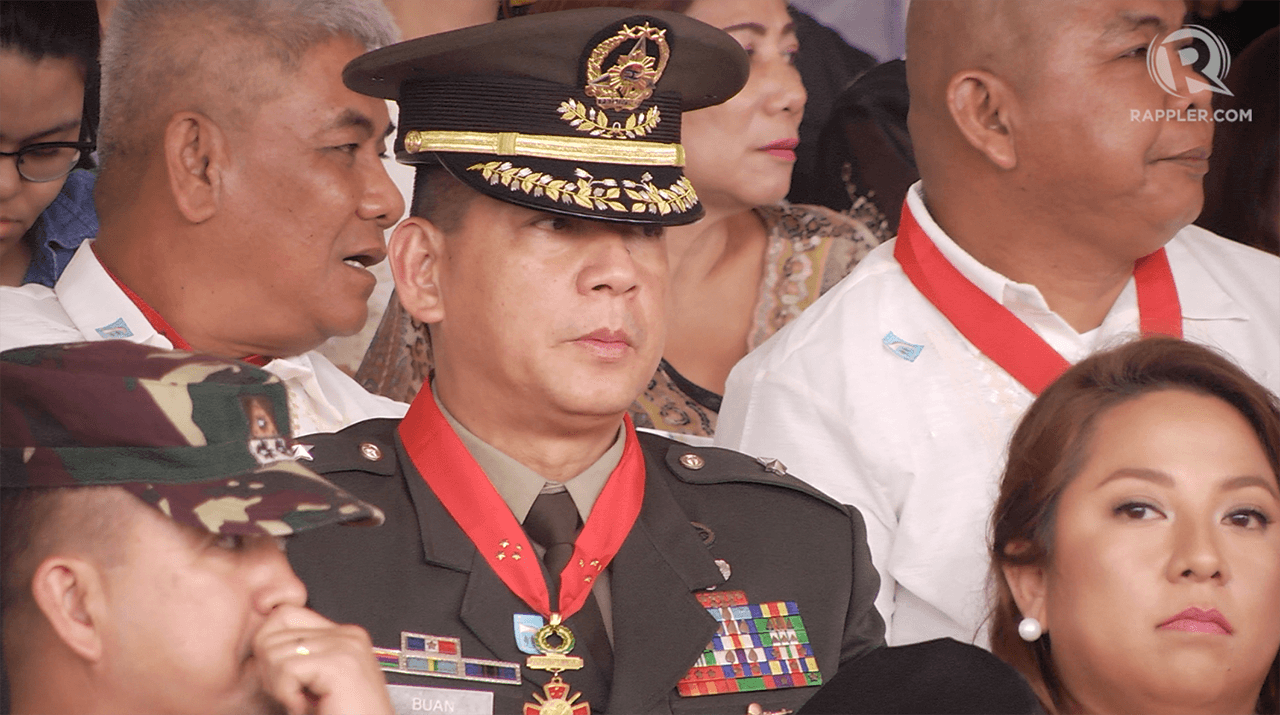
“With boldness, innovative guerrilla techniques, and a resolve to accomplish the mission, he and his men were able to close in, and dealt with the enemies face to face,” read the citation in Buan’s Medal of Valor award.
Buan showed “unfaltering will power,” despite sustaining wounds, “which inspired his men to fight aggressively, eventually resulting in the successful neutralization of 7 terrorists,” the citation said.
They also retrieved high-powered firearms.
________________________________________
Suicide Mission: Herbert Dilag
It was a suicide mission and young 2nd Lieutenant Herbert Dilag was the squad leader. As they launched a mission to enter the heart of Abu Sayyaf territory in the jungles of Basilan, Dilag and his men had left their valuables with other soldiers and gave instructions to give them to their loved ones. They knew they were going to die.
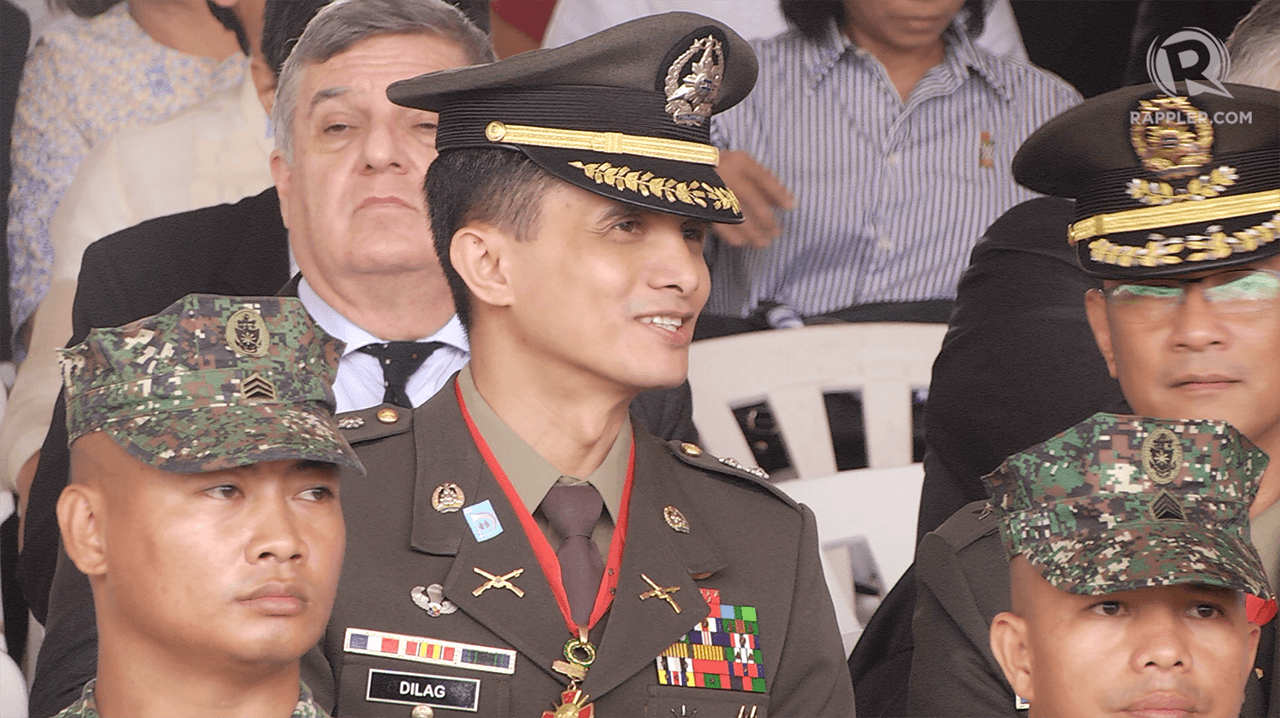
The 1st Scout Ranger Battalion launched the aptly called Oplan Final Option on April 28, 2000 to clear 4 clusters of the Abu Sayyaf territory. They were to attack the notorious Hill 898 inside Camp Abdurajak – the slopes defended by the men of second-generation leader Khadaffy Janjalani. They were holding 28 civilian hostages.
To close in, the Scout Rangers first had to trek 7 kilometers of jungle terrain and bypass 48 improvised landmines. Heavy clashes immediately erupted with about 200 heavily armed Abu Sayyaf bandits. Four Scout Rangers were killed and 27 others were wounded.
Troops retaliated with accurate sniper fire, preventing the enemies from encircling them. Hours dragged and rain poured, but the clashes did not ebb. They held their ground despite hunger, tension, and fatigue but made no success in clearing the area.
On the 3rd day, April 30, the battalion commader deviced an extremely riskly plan. He needed volunteers and his men didn’t disappoint. Two Suicide Squads were formed from 14 Scout Rangers, among them Dilag who led one group.
“Uncertain of what will happen to them, the members of the Squads, left their valuables to their supporting comrades to be further given to their loved ones, in anticipation of their deaths,” reads the citation in Dilag’s Medal for Valor award.
The volunteers rushed up a 30-meter slope that was 80 degrees steep without looking back. Below the slope, a bunker to bunker battle ensued. The boldness of the assault suprised the bandits, putting the Scout Rangers at an advantage.
It became the decisive battle. Dilag and his men were able to secure the northeast tip of Hill 898, the first of 4 clusters the entire team went there to take. Taking the other 3 clusters became easier in the next 4-hour close quarter combat.
The Abu Sayyaf withdrew. Seven of them were killed and scores of heavy firearms and ammunition were recovered. Two beheaded hostages were found.
________________________________________
Bulletproof: Custodio Parcon
It was an 8-day offensive – from May 7-15, 1993 – that turned Marine Captain Custodio Parcon Jr into a legend.
The mission to rescue hostage victim Anthony Biel III was hazardous from the get go. Marine troops had to infiltrate Abu Sayyaf territory in Basilan, deactivate mines along the way, and engage the enemies while making sure the victim is not caught in the crossfire.
But Parcon was made for challenges like this. “Through skillfull direction of friendly fires and maneuvers, his men evaded detection and sowed confusion within enemy lines while dislodging Abu Sayyaf elements from each bunker in close quarter battle,” reads the citation in Parcon’s Medal of Valoar award.

He found himself crawling toward the enemies “amidst a hail of machinegun and mortar fires” to divert enemy fire from his men when they were pinned down in the middle of a killing zone. He also knocked down enemy bunkers along the way.
This happened during the big battle, when the main force of the Abu Sayyaf in the town ambushed the soldiers.
Parcon at one point also crawled towards enemy lines to lob a smoke grenade that would give supporting helicopter gunship a clear target.
Abu Sayyaf fighters fell one by one. They killed two on the second day when they pushed forward under the cover of darkness. They killed several more the next day and so on. Those who weren’t shot scampered away.
The final assault happened on May 10 at the main encampment of the Abu Sayyaf Group in the town of Isabela. Parcon forged ahead despite devastating fires from the enemy’s 50-caliber heavy machine guns.
Parcon and his men prevailed. They captured Camp Al Madinab, neutralized up to 46 Abu Sayyaf fighters, and forced the Abu Sayyaf Group to release Anthony Biel III.
Twenty-four years later, Parcon is still fighting the Abu Sayyaf. He is now the commander of Joint Task Force Tawi-Tawi. – Rappler.com
Add a comment
How does this make you feel?

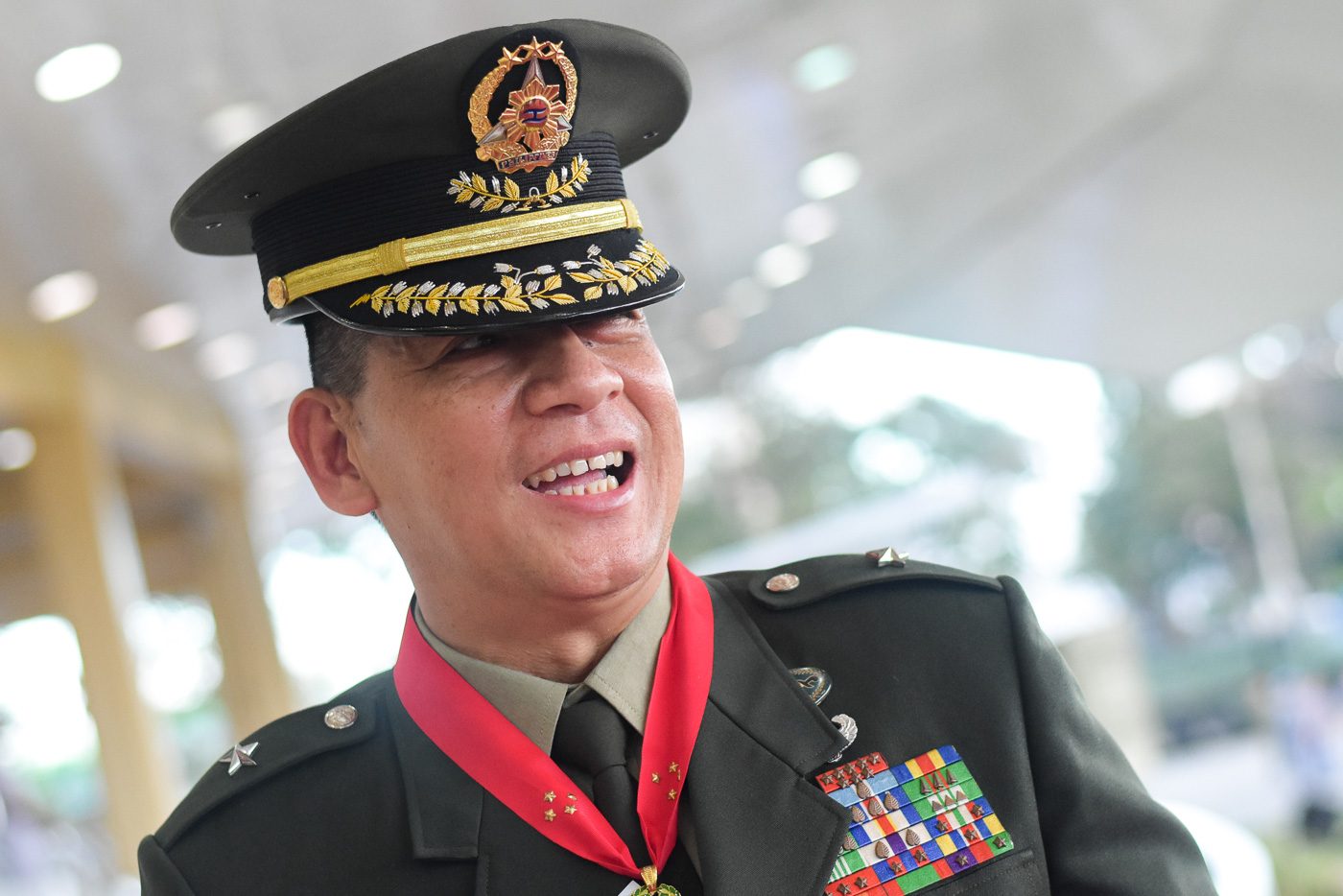

There are no comments yet. Add your comment to start the conversation.